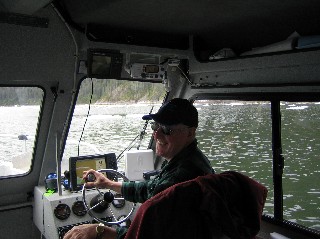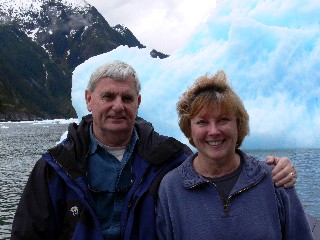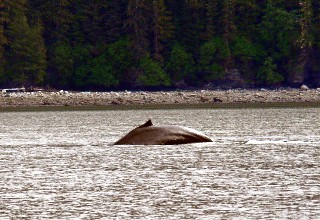

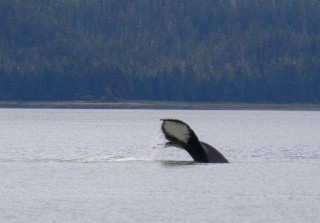
Tuesday, May 30, 2006 - We decided to take a day trip down the Frederick Sound to the LeConte Glacier. On our way towards the entrance to the glacier we spotted our first whale. It was a single humpback whale but it decided to put on a small show for our benefit. It was somewhat refreshing to be his only audience and not be run over by a swarm of whale watching boats.



On to the glacier - the LeConte glacier is approximately 17 miles southeast of Petersburg on the mainland and is the southernmost active tidewater glacier in North America. The ice fields that feed into the glacier extend far into British Columbia, Canada. When we spotted the whale we saw what we thought were small boats or tenders beached up on shore but were really small icebergs. As we got closer to the entrance to the bay they got bigger and more plentiful. It was amazing to see the ice sculptures created by mother nature float by us. Some of these flows were so blue in color and so clean with little sediment. The size and thickness of some of these bergs was incredible.
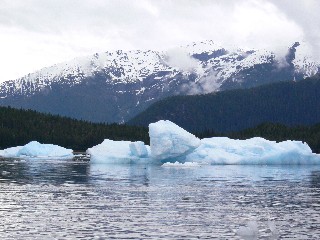
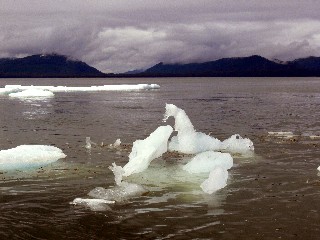
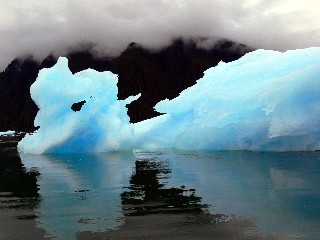
Due to the large amounts of ice present and the changing tide (changing to incoming) we were only able to get as far as 3 miles from the face on the glacier. In another month or so you will probably be able to get closer to the face. It was time to turn around and go back before we were completely surrounded and captured by the returning ice flows.
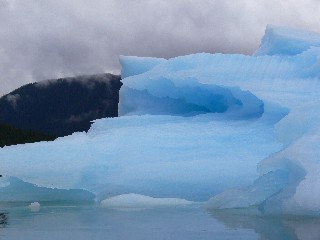
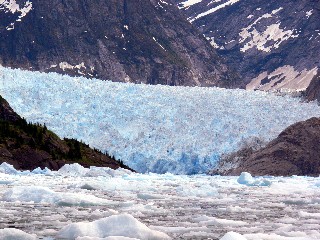
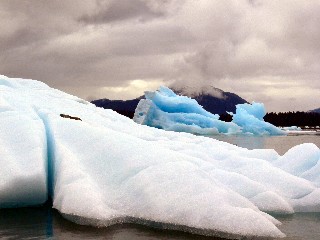
We now need to confess, we did not make this journey in the Red October (we are not completely insane). Having seen the Titanic, we did not wish to share a similar experience. Even though we had purchased a "Pike" pole to move ice out of our way, there was no way we could have gone beyond the entrance to the bay. We wish to thank Captain Ron Loesch and his indestructible 26' aluminum boat for this experience. The sound of the ice "crunching" against the exterior of the boat as we meandered our way through the bay will be unforgettable. Captain Ron is also the owner and editor of the Petersburg newspaper and we was able to share a lot of history and local knowledge with us.
